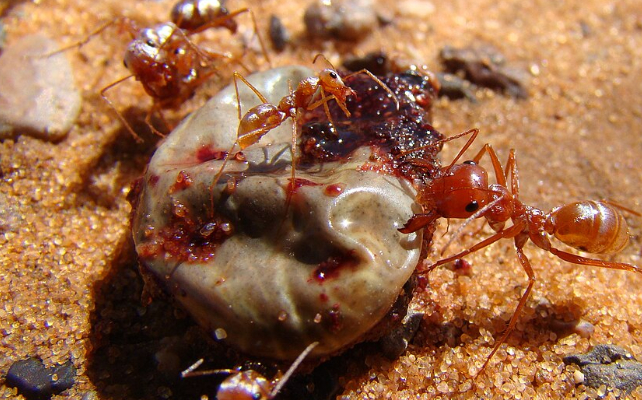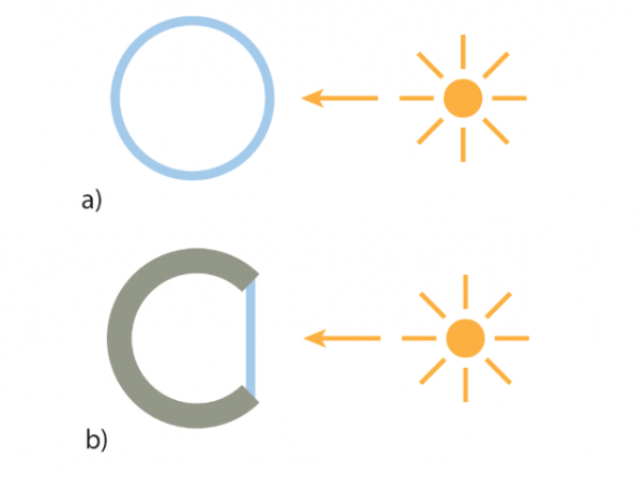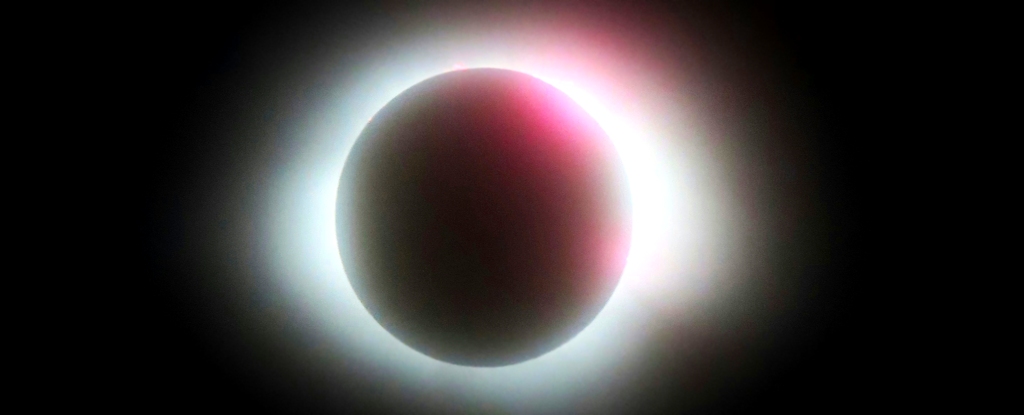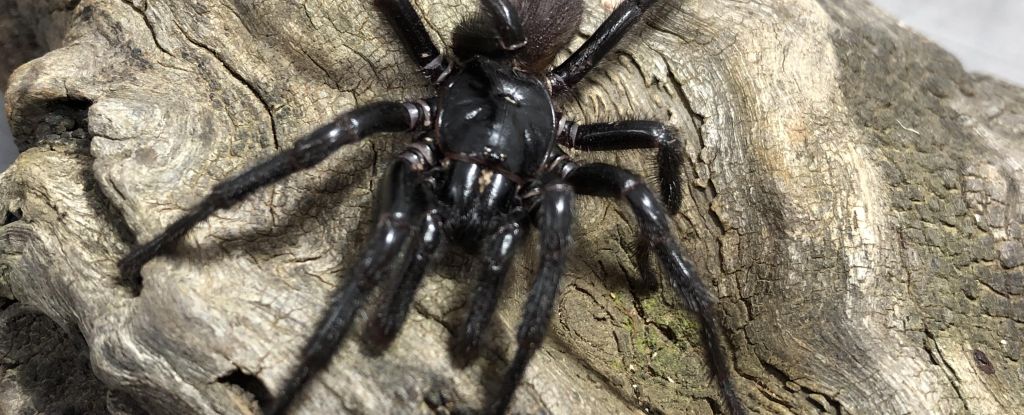Do we have a planetary bias when it comes to understanding where life can perpetuate? It’s only natural that we do. After all, we’re on one.
However, planets may not be necessary for life, and a pair of scientists from Scotland and the USA are inviting us to reconsider the notion.
We focus on planets as habitats for life because they meet the conditions necessary for life to survive. Liquid water, the right temperature and pressure to keep it in a liquid state, and protection from harmful radiation are the primary requirements for photosynthetic life.
But what if other environments, even ones maintained by organisms themselves, can also provide these necessities?
In new research published in the journal Astrobiology, researchers point out that ecosystems could generate and sustain the conditions necessary for their own survival without requiring a planet.
The paper is titled “Self-Sustaining Living Habitats in Extraterrestrial Environments.” The authors are Robin Wordsworth, Professor of Earth and Planetary Sciences at Harvard, and Charles Cockell, Professor of Astrobiology in the School of Physics and Astronomy at the University of Edinburgh.
“Standard definitions of habitability assume that life requires the presence of planetary gravity wells to stabilize liquid water and regulate surface temperature,” they write. “Here the consequences of relaxing this assumption are evaluated.”
Wordsworth and Cockell write that biologically generated barriers and structures can mimic the planetary conditions that enable life without the planet. They can let light in for photosynthesis while blocking UV light. They can also prevent volatile loss while in a vacuum and maintain the temperature and pressure range required for water to remain in a liquid state.
“Biologically generated barriers capable of transmitting visible radiation, blocking ultraviolet, and sustaining temperature gradients of 25-100 K and pressure differences of 10 kPa against the vacuum of space can allow habitable conditions between 1 and 5 astronomical units in the Solar System,” they write.
“To understand the constraints on life beyond Earth, we can start by reviewing why our home planet is a good habitat for life in the first place,” write the authors.
Earth does more than just provide liquid water and protection from radiation. It’s an entire system with layers of interacting complexity.
The planet’s surface is exposed to an easily accessible source of energy from the Sun that drives the whole biosphere. The elements we think of as essential for life are available, though sometimes limited: carbon, hydrogen, nitrogen, oxygen, phosphorous, and sulfur. They cycle through the biosphere via volcanism and plate tectonics and become available again.
Earth is also oxidizing in the atmosphere and on the surface, and reducing in other regions like sediments and the deep subsurface. This allows for “the exploitation of redox gradients for metabolic purposes,” the authors explain.
Those conditions don’t exist elsewhere. Astrobiology targets the Solar System’s frozen moons because of their warm, salty oceans. But do they have nutrient cycles?
Low-mass objects in the outer Solar System have ample surface area, but the Sun’s energy is weak. They’re unlikely to be able to hold onto their atmospheres, so the correct pressure and temperature for liquid water are out of reach. They’re also unprotected from UV radiation and cosmic rays.
“To persist beyond Earth,” the authors write, “any living organism must modify or adapt to its environment enough to surmount these challenges.”
The authors write that biological materials here on Earth can already do that. It’s plausible that ecosystems could develop the conditions for their own survival, and if photosynthetic life can do it in the vacuum of space, then so could we. It would be a major benefit for human space exploration.
It starts with water, and when it comes to liquid water, scientists refer to its triple point. A triple point is a thermodynamic reference point that explains phase transitions and how water behaves under different pressures and temperatures.
“The minimum pressure required to sustain liquid water is the triple point: 611.6 Pa at 0?C (273 K),” the researchers explain. That number rises to a few kPa between 15 to 25 Celsius.
Cyanobacteria can grow with air headspace pressures of 10 kPa, so long as the light, temperature and pH are in the right ranges. The question is, do any living things that we know of generate walls that can maintain 10 kPa?
“Internal pressure differences of order 10 kPa are easily maintained by biological materials and in fact common in macroscopic organisms on Earth,” the authors write. “The blood pressure increase from the head to the feet of a 1.5-m tall human is around 15 kPa.”
Seaweed can also sustain internal float nodule pressures of 15-25 kPa by releasing CO2 from photosynthesis.
Temperature is the next consideration when it comes to liquid water. Earth maintains its temperature through the atmospheric greenhouse effect. But small rocky bodies, for example, are unlikely to replicate this.
“Hence, a biologically generated habitat must achieve the same effect via solid-state physics,” write the authors.
Incoming energy and outgoing energy need to be balanced, and some organisms on Earth have evolved to maintain this balance.
“Saharan silver ants, for example, have evolved the ability to enhance both their surface near-infrared reflectivity and their thermal emissivity, allowing them to survive in ambient temperatures above the range of all other known arthropods,” Wordsworth and Cockell write. It allows them to survive by foraging in the heat of the day when predators must stay out of the Sun.

Humans have made silica aerogels with extremely low density and thermal conductivity. While there are no direct biological equivalents, the authors write that “many organisms do exist in nature that produce complex silica structures.”
In fact, some diatoms can produce silica structures by manipulating silica particles smaller than those used in our manufacturing processes. Aerogels manufactured from organic materials have similar characteristics to artificial ones.
“Given this, it is plausible that highly insulating materials could be produced artificially from biogenic feedstocks or even directly by living organisms,” the authors write.

The authors calculated that these types of structures could maintain the right temperature and pressure to maintain liquid water.
“As can be seen, maintaining internal temperature at 288 K is possible for a wide range of orbital distances,” they explain. “This calculation assumes a free-floating habitat, but similar considerations apply to habitats on the surface of an asteroid, moon, or planet.”
Volatile loss is another problem. A habitat that can’t hold onto its atmosphere can’t maintain the temperature and pressure necessary for liquid water.
“All materials have some permeability to atoms and small molecules, and over long timescales, the vacuum of space represents an essentially permanent sink for volatile species,” the authors explain.
This can be solved by the same barriers that maintain pressure and temperature. “Inhibition of volatile escape would be most easily achieved by the same part of the habitat wall responsible for maintaining the pressure differential necessary to stabilize liquid water,” write the authors.
The authors also consider the effects of UV radiation. Radiation can be deadly, but there are examples of life here on Earth that have evolved to figure it out.
“However, it is easily blocked by compounds such as amorphous silica and reduced iron, which attenuate UV in silicified biofilms and stromatolites today without blocking the visible radiation needed for photosynthesis,” they write.
The availability of solar energy for photosynthesis likely isn’t much of a barrier in many parts of the Solar System. The authors point out that Arctic algae grows in extremely weak light under the ice.
Some type of nutrient cycle would be required, just like on Earth. “Long-term, an additional consideration is the ability of a closed-loop ecosystem to process waste products such as recalcitrant organic matter and to sustain internal redox gradients,” explain the authors.
The extreme heat in Earth’s interior gets it done, but without those extremes, “a fully closed-loop ecosystem in space would require some internal compartmentalization to establish chemical gradients and specialist biota capable of breaking down recalcitrant waste products,” they write.
In their paper, the authors cover other factors like cell size and the factors that limit the size of unicellular organisms and larger, more complex organisms. They conclude that fully autonomous living habitats can’t be ruled out.
“Nonetheless, a fully autonomous system capable of regeneration and growth is apparently not prohibited by any physical or chemical constraints and is therefore interesting to consider a little further,” they write.
It’s possible as long as the system can regenerate its walls. The authors point out that existing photosynthetic life can already produce amorphous silica and organic polymers. These materials could serve as walls and at least show that there’s a pathway where organisms could evolve to create habitat walls.
“A more autonomous living habitat would be able to grow its own wall material, just as plant cells regenerate their own walls on the micrometre scale,” they explain.
We tend to think that if life exists elsewhere, it follows the same evolutionary pathway as it did here on Earth, but that may not be true. “Because the evolution of life elsewhere may have followed very different pathways from on Earth, living habitats could also exist outside traditional habitable environments around other stars, where they would have unusual but potentially detectable biosignatures,” the authors write.
The authors ask, “Could the kind of biological structures we discuss here evolve naturally, without intelligent intervention?” They argue that non-sentient life can sustain all of the conditions necessary to survive in extraterrestrial environments.
“Life on Earth has not yet done this, although it has certainly adapted to an increasingly wide range of environmental conditions over time,” they conclude. “Investigating the plausibility of different evolutionary pathways for life under alternative planetary boundary conditions will be an interesting topic for future research.”
This article was originally published by Universe Today. Read the original article.





